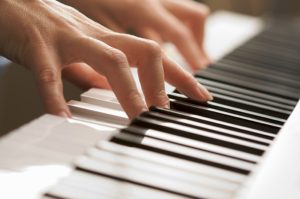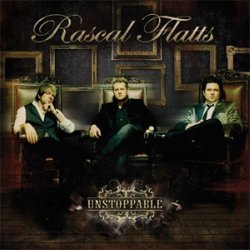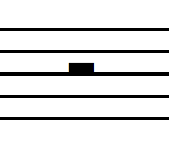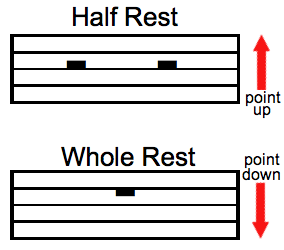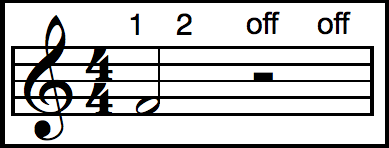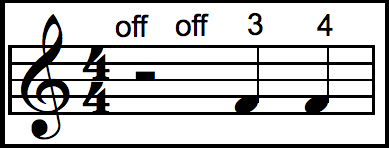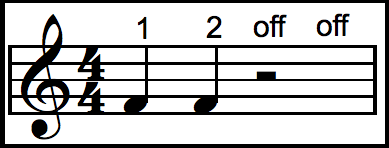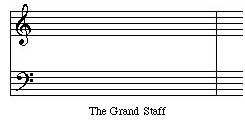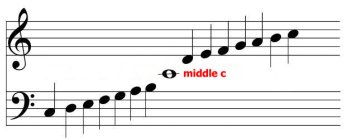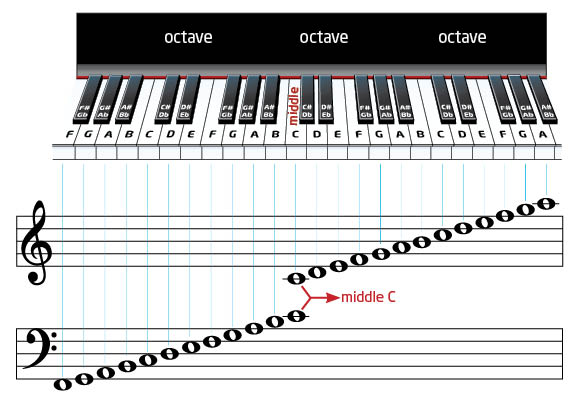Knowing how to play piano chords is important when it comes to playing chord piano. You can know all your chords and how they are formed but if you don’t know how to play them in a song then you aren’t any better off then when you started.
Take the time to read this article if you are a beginner or intermediate piano player, there may be a tip or two here that you didn’t know.
What is a chord
A chord is a set of notes that are played harmonically or at the same time. A basic chord is made up of 3 notes. The two main types of chords are the Major Chord and the Minor Chord
Playing chords gives you the structure of the song. The melody fits within the chords and makes it much easier to play an instrument without having to learn to read sheet music.
How To Play Piano Chords
When you start to learn chords its important to get the fingering right. The fingering for a major and minor chord is easy.
With your right hand you play the first note with your thumb, the third note with middle finger, and the fifth note with your pinky. This is the correct way to play a chord with your right hand.
Some people find it easier to play with the thumb, index, and ring finger. It doesn’t really matter how you play it just as long as you play the right notes.
With the left hand you use the pinky on the first note, middle finger on the third, and thumb on the fifth.
Again use whatever feels right for you. When you learn how to play piano chords its best to play what feels right.
Use The Piano Chord Encyclopedia for more help on piano chord fingering.
Quarter Notes
Playing chords in quarter notes is the best beginner method. When you count music that is in 4/4 there are four beats per measure. This is the one, two, three, four count that everyone knows.
To play on the quarter notes you play the chord on each one of those counts. So if you are playing a C chord you play that chord on each count. Every time you count a number you play that chords It would look something like this.
C C C C
1 2 3 4
Easy Bass
The easiest way to use the left hand with chords is to just play the root note of the chord.
If you were playing a C chord in the right hand you would play a single C note in the left hand. This is the easiest bass line to start with.
Once you’ve got that down you can move on to a root and fifth bass. This is just playing the root, which would be C, and the fifth which is G.
Playing this in the left hand along with the full chord in the right hand gives a fuller sound then just the single bass note.
Octave Bass
Once you get the easy bass chords down and you need something a little more challenging, try playing an octave in the bass.
An octave is just two of the same note. Instead of playing the single C in the left hand stretch your fingers and play a low C with your pinky and another C above that with your thumb.
This will open up the sound in the bass. It gives you a more full and rich sound.
Right Hand Octave
This is a more difficult type of chord to play. It is simply a major chord with an added octave on the top.
It is similar to the left hand octave but you are adding the notes in the chord with your other fingers.
Lets look at the C chord again. It is made up of a C, E, and G. Normally you would play these notes with your thumb, middle, and pinky.
For this you will play the C with your thumb, E with your index finger, E with your middle finger, and another C with your pinky.
This chord is hard to play for beginners but is great to help you stretch your fingers.
Once you know how to play piano chords like this you will get a very full open sound from the piano.
Conclusion
Knowing how to play piano chords is just as important as knowing the chords themselves. There are tons of ways to play these chords and this page is just a sample of some of the simple ways to play chords.
Once you start getting more advanced you will come up with your own ways to play chords.
Soon you will have a full arsenal of tricks that you can pull out with any chord to make a great sounding arrangement.
Need more help learning chords? Learn almost every chord you’ll ever need with our Piano Chord Encyclopedia.
Go From How To Play Piano Chords Back to Chord Piano
Back to Home Page



